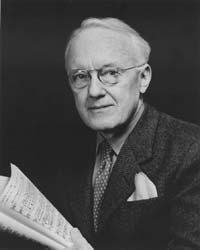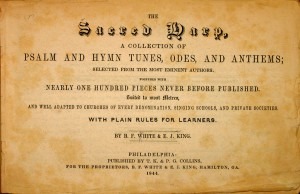
Hicks: The Peaceable Kingdom (Worcester Art Museum)
Hicks started his career as a coach painter, working for a coach-making firm in Pennsylvania. Dissatisfied with his life, he took up the Quaker religion, married a Quaker woman, and became a Quaker minister. He supported himself with his paintings but was criticized by other Quakers since it wasn’t really in keeping with their plain customs. He tried to do plain paintings but they didn’t sell well and he had to return to his former style to have an income.
The Peaceable Kingdom is not technically a religious painting but does show Quaker ideals. The imagery comes from the book of Isaiah, Chapter 11, verses 6-8:
6. The wolf also shall dwell with the lamb,
The leopard shall lie down with the young goat,
The calf and the young lion and the fatling together;
And a little child shall lead them.
7. The cow and the bear shall graze;
Their young ones shall lie down together;
And the lion shall eat straw like the ox.
8. The nursing child shall play by the cobra’s hole,
And the weaned child shall put his hand in the viper’s den.

Randall Thompson
Thompson had been commissioned by The League of Composers to create this a cappella work for the Harvard Glee Club and the Radcliffe Choral Society. It was given its premiere in Cambridge, Massachusetts, on 3 March 1936 and then in New York City.
Thompson was looking to create a choral work in line with the late 16th-century madrigal sets by composers such as Claudio Monteverdi and Orazio Vecchi, to make something like a sacred drama but in a Renaissance style. American styles such as simple hymns from the Sacred Harp or shaped-note singing traditions were also an inspiration. The Sacred Harp tradition had at its heart a vibrant and primitive singing style that fascinated Thompson with its direct emotionalism and unsophisticated expression.

American Sacred Harp
The opening movement sets out the rewards for the righteous with the woe that will come for wicked. In his setting, Thompson takes a clear stand by using major themes and harmonies for the good and dissonance for the wicked.
The Peaceable Kingdom, No. 1 Say ye to the righteous (American Repertory Singers; Leo Nestor, Conductor) source: (Isaiah 3: 10-1 1; 65:14)
Parts 2-5 detail the woes that await the wicked. In part 2, ‘woe’ is driven home like a knife, repeated and repeated as the wicked’s deeds are exposed.
No. 2 Woe unto them
No. 3 The noise of a multitude
No. 4 Howl ye
No. 5 The paper reeds by the brooks
Parts 2-4 are filled with violent word painting, very much in the Monteverdi tradition. Part 5, ‘The paper reeds by the brooks,’ with its depiction of all life withering away, seems almost despairing.
Parts 6 -8 turn the emotion around and the chorus now comes in on the side of the righteous, culminating in part 8 when the final reward is given: You shall have a song. Singing and a glad heart come to those who are righteous.
No. 6 But these are they that forsake the Lord
No. 7 Have ye not known?
No. 8 Ye shall have a song
The resulting work, much like Hicks’ painting, is a mixture of the naïve and the experienced. The punishments for the wicked are the worst man can design, yet the rewards for the good are simple pleasures: as you sing, even the trees will clap their hands. The desire for peace, particularly in the late 1930s, made this work seem particularly prescient and as we continue to look for peace, Thompson’s work continues to be performed.
